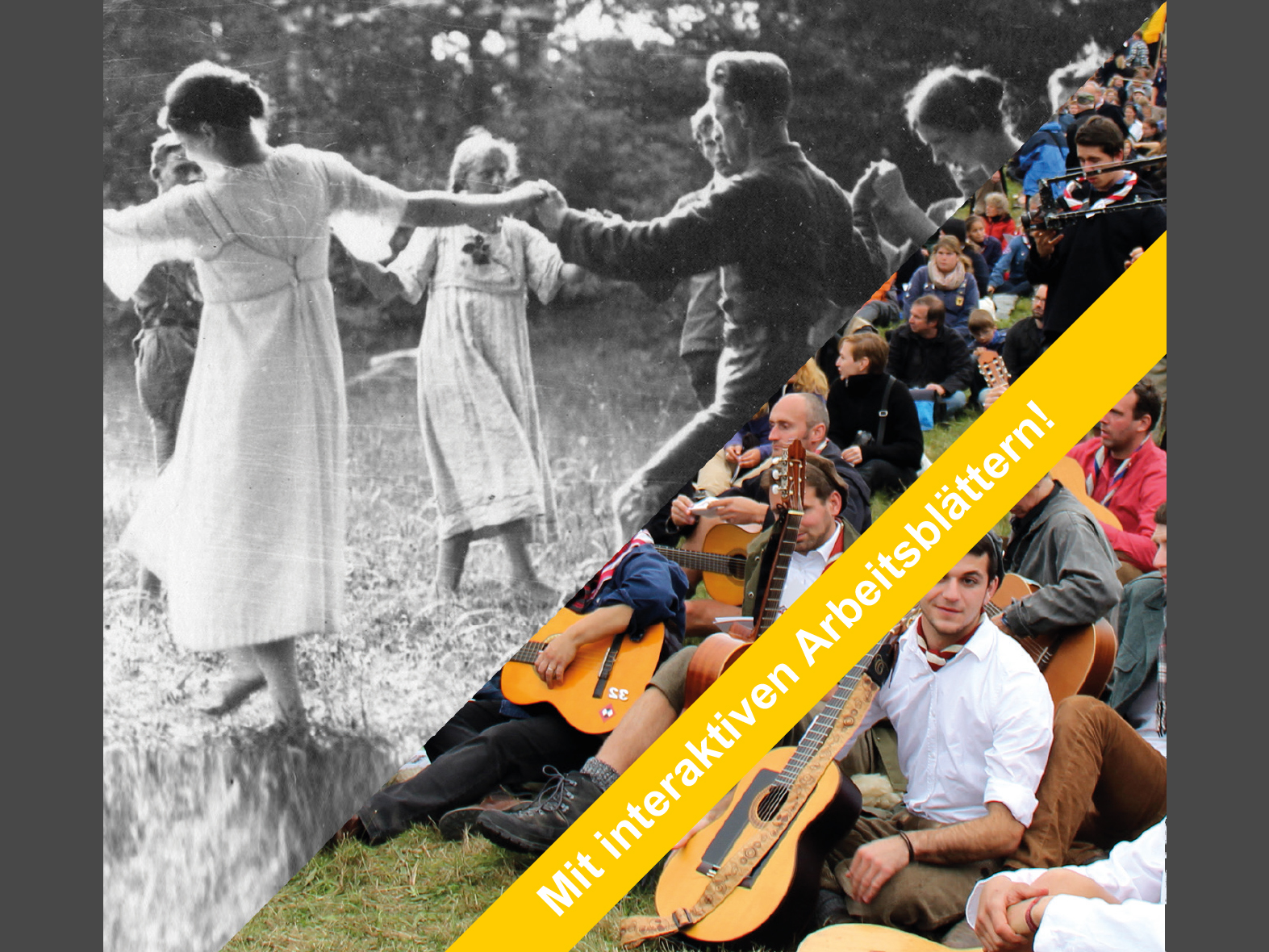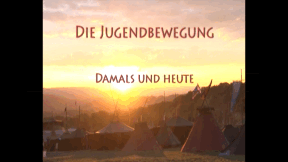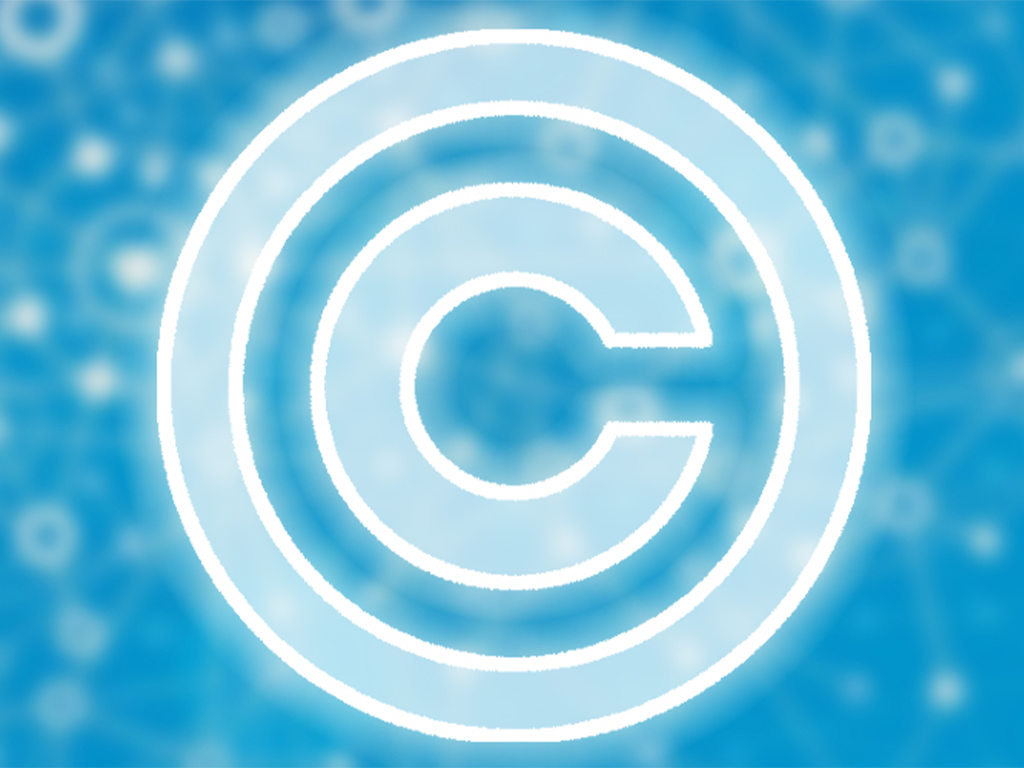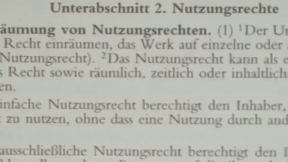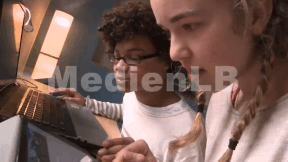 Primary School
Primary School
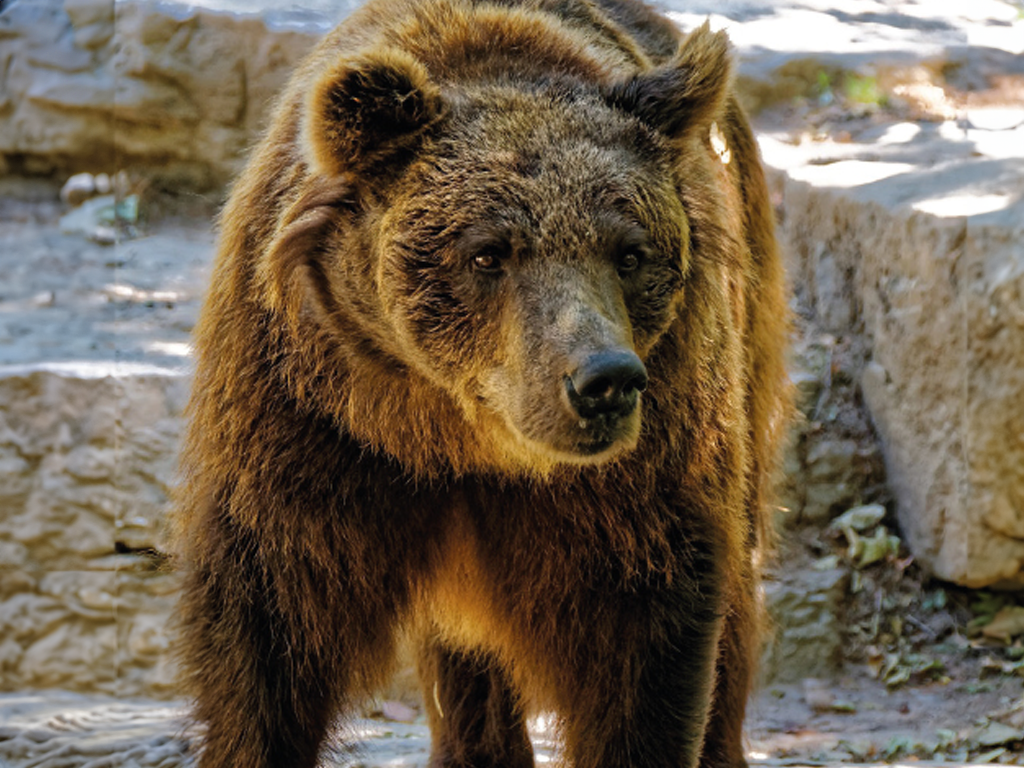

4677064 / 5564359
Zoo Learning
Brown Bear, Wolf and Eagle Owl
Seeing animals close up on a trip right in the middle of the city – this is possible on a visit to the zoo. There we can see many animals that cannot be found in the wild around here as a rule. From small to large, dangerous animals, harmless animals, and some you can stroke. Animals that attract attention through their outward appearance and those that are difficult to see in their environment. In the zoo, the animals are kept in enclosures. In this way you can see them close up and they cannot pose any risk to people. In Munich, the chimpanzees live in a large outdoor enclosure which has been recreated amazingly similar to their natural home. Zenta and Seppi are enjoying their food and watching the visitors. Chimpanzees are the closest relatives of humans. Mammals have the same body temperature all the time, whether they live in cold or hot climates. Most mammals are land animals but some have also adapted to life in water. The front and hind legs of seals, for example, have become flippers in the course of their evolution. Other mammals live in the air. With the folds of skin stretched between their front and hind legs, bats and flying foxes, for example, can fly. Mammals on land move around in three different ways: Plantigrades: They walk with the entire sole of the foot flat on the ground. The digitigrades walk solely on their toes. That is the way a lynx walks, for example. Then there are the unguligrades, which move around on the tips of their toes only. Among them is the ibex, for example. There are about 6,600 different mammal species. For more detailed information, see here: https://worldanimalfoundation.org/advocate/how-many-animals-are-in-the-world/ They are the most advanced vertebrates of all species. In the course of evolution the brain, in particular, has developed greatly. The biggest mammal in Europe is the wisent. It reaches a height of up to two metres and a weight of up to 450 kilos. The wisent, a breed of cattle which is related to the American bison, is a good example of the useful work of the zoo, because it was already considered extinct. In the twenties there were only a few animals living in zoos. Protected by the zoo, the animal population could recover and today, there are again more than 1,000 animals.
Play trailer
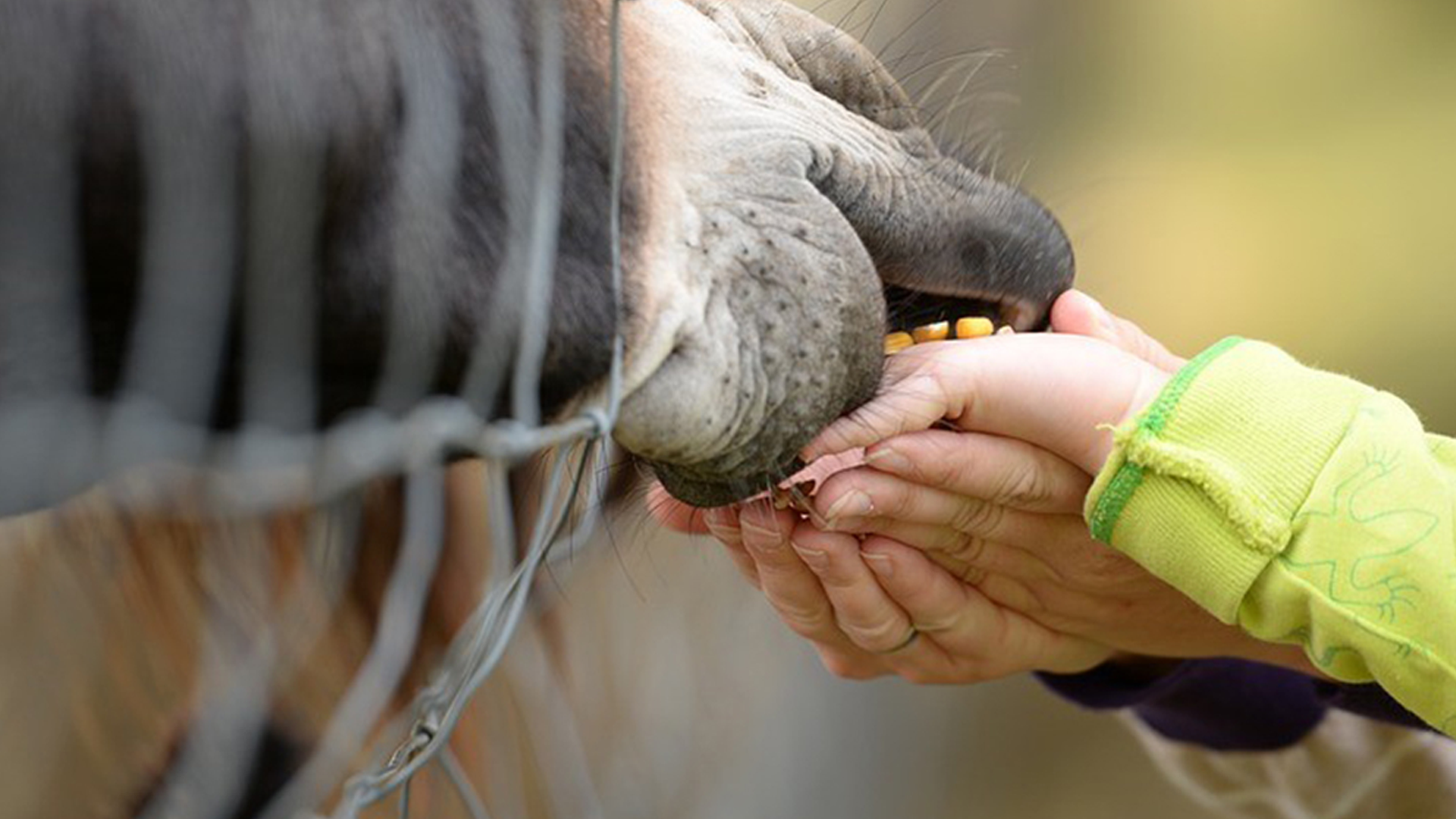
Curriculum-centred and oriented towards educational standards
Matching
Youth Movement
Dancing until your feet hurt: Here, at the meeting on the Hoher Meissner near Kassel, 3,500 participants from Boy Scout associations, youth and Wandervogel groups from all over the German-speaking region have gathered. They want to celebrate, simply get to know each other and commemorate a historic anniversary.
Copyright
Copyright is subject to constant change to keep up with technological advances. This film enables the viewer to grasp the basic principles of this extremely intricate matter. By way of introduction, the film defines what an author is, what kinds of works there are and how long a work is protected on principle. Then the fundamental rights of an author are cited and it is shown how these are exploited in our times. In the third chapter, the respective rights are illustrated by way of practice-oriented examples of books, photos, music and films. Here, of course, an emphasis is laid on the field of education, taking into account the latest case law within the EU and Austria in particular. A further chapter highlights the problems arising with the Internet and goes into the citation law and pirate copies. All in all, in this way the viewer is made familiar with the most important basic terms and their meanings. Comprehensive worksheets and additional accompanying material invite us to deepen our knowledge of the subject.




